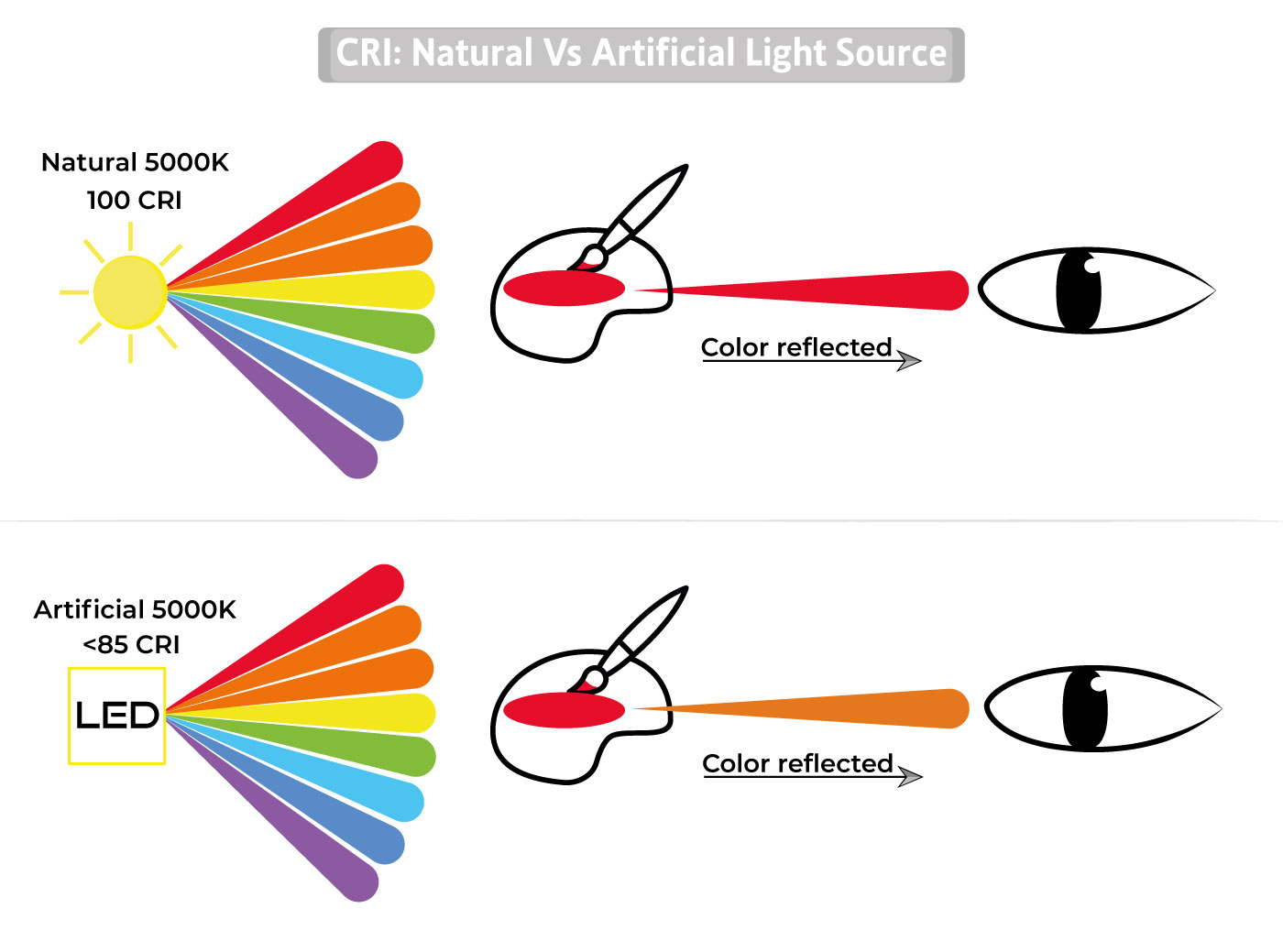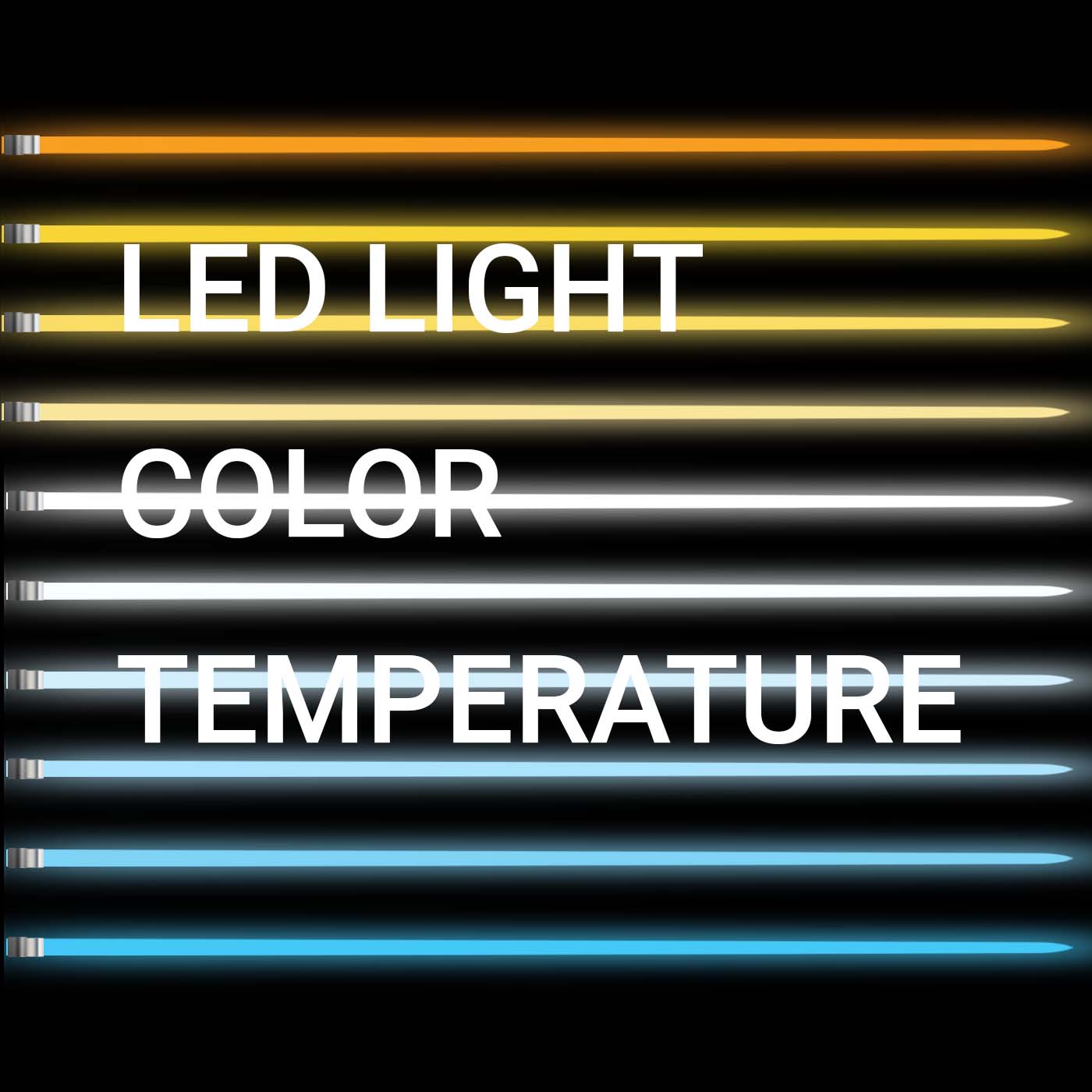
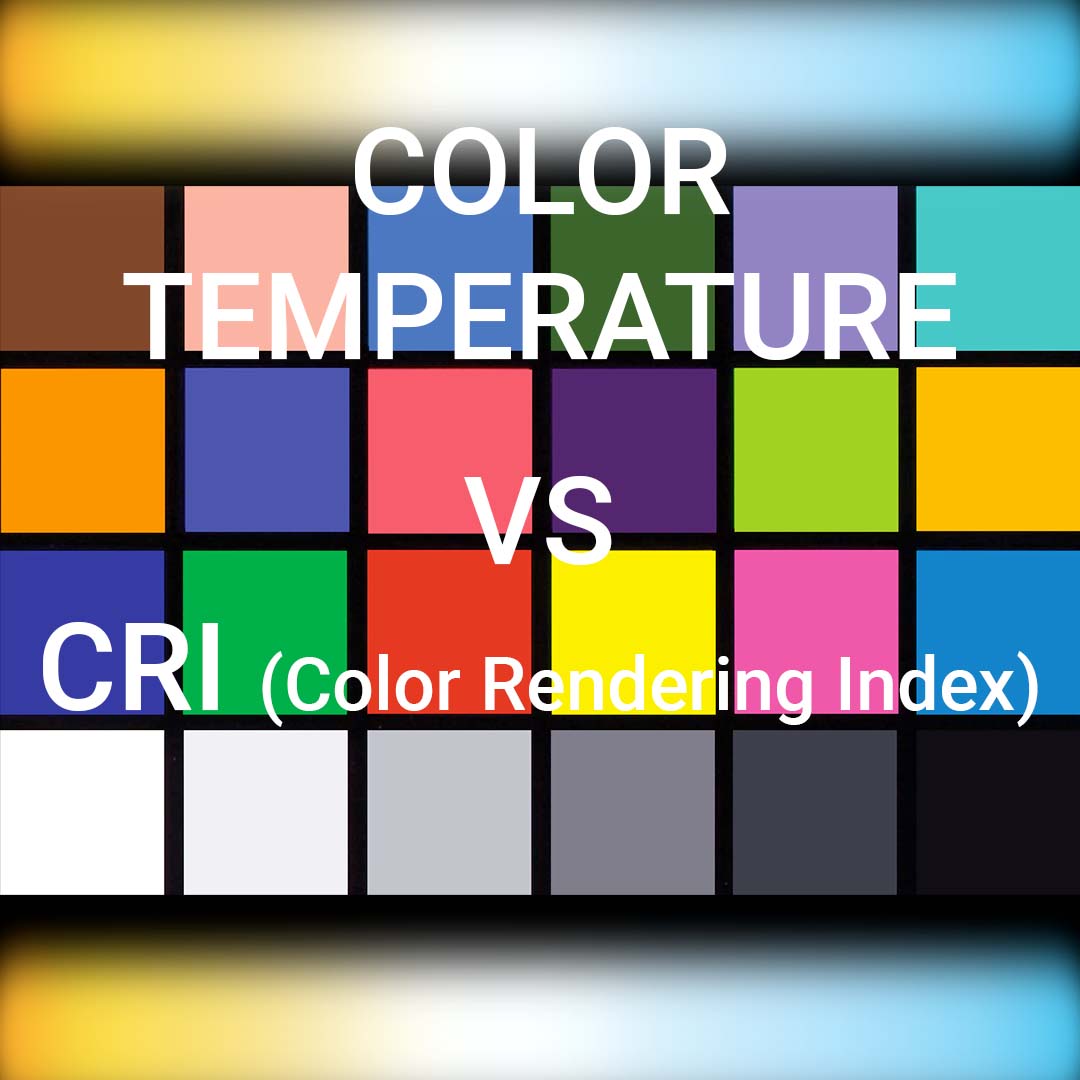
Color Temperature VS Color Rendering Index
CRI (Color Rendering Index) and color temperature are two different ways of measuring and specifying the color of light.
CRI is a measure of how accurately a light source renders the colors of objects compared to a natural light source (the sun).
It is expressed as a number on a scale from 0 to 100, with higher numbers indicating better color rendering.
A CRI of 100 means that the light source renders colors perfectly, while a CRI of 90 or lower may result in colors appearing distorted or unnatural.
Color temperature, on the other hand, is a measure of the hue of a light source, with higher color temperatures corresponding to a bluer or cooler hue, and lower color temperatures corresponding to a redder or warmer hue. Color temperature is typically measured in degrees Kelvin (K).
For example, a light source with a color temperature of 2700K would be considered warm (yellowish), while a light source with a color temperature of 6500K would be considered cool (blueish) and a color temperature of 5000K would be considered neutral (white).
CRI is more important when accurate color rendering is more important, such as with crafts, art, painting miniatures, fashion design, architectural drawings, etc. Also, it is important for professional such as designer, architect, fashion designer and many more.
Color temperature, on the other hand, is more important for applications where the mood or atmosphere of a space is important, such as in restaurants or residential settings.
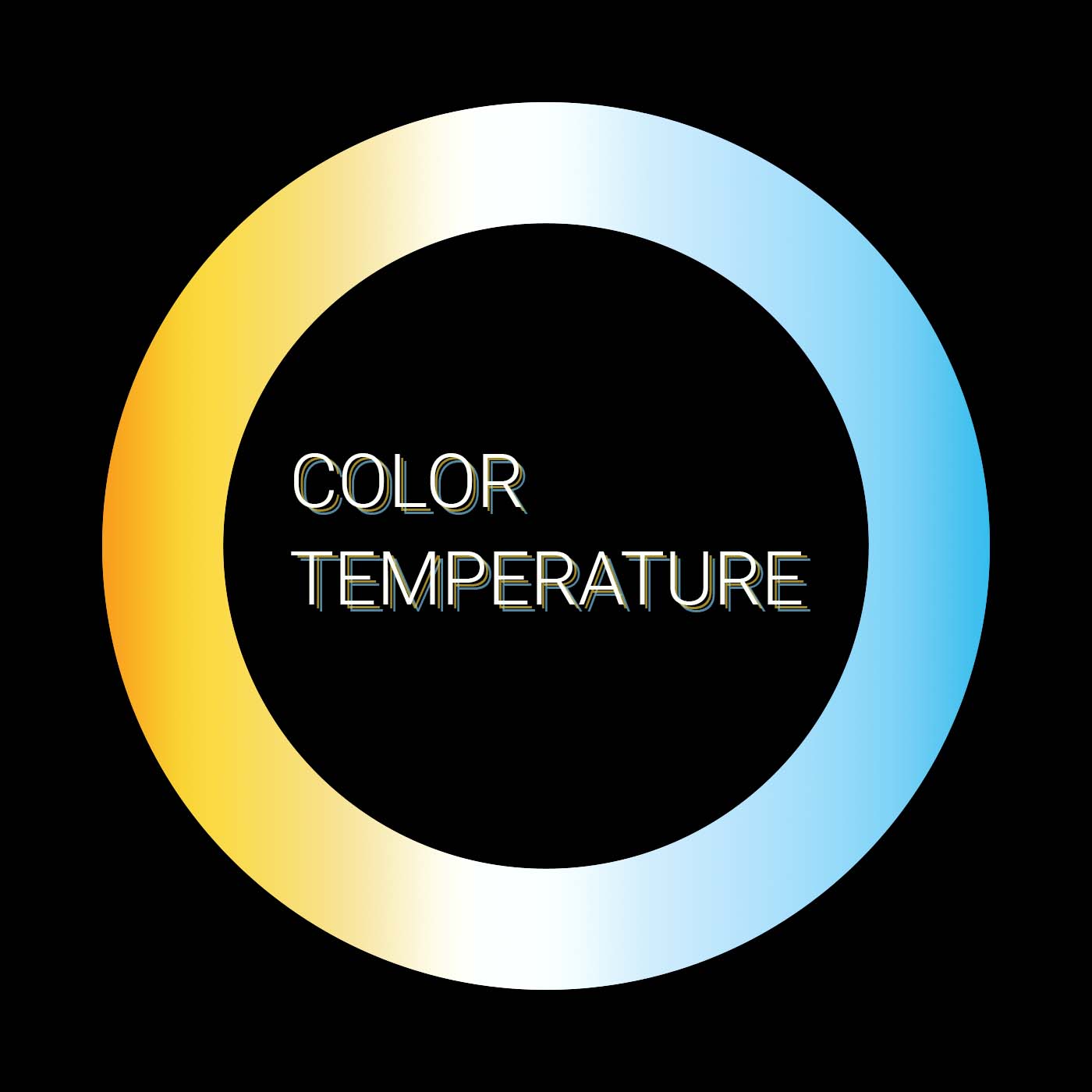
Are lamps at 6500K better for color rendering?
A high color temperature does not mean you will see accurate colors. A 3000K LED lamp can have a good color rendering and a 6500K LED lamp a very poor color rendering. As a matter of fact, color temperature has little to do with color rendering.
What Is Color Temperature?
Color temperature is a measurement used to describe the color of light emitted by a light source, typically measured in units of Kelvin (K). It describes the color appearance of the light source.
In general, a light source with a lower color temperature (below 4000K) appears warmer and yellowish, while a light source with a higher color temperature (above 5400K) appears cooler and bluish. Daylight, which is neutral white, typically has a color temperature of arounf 5000k.
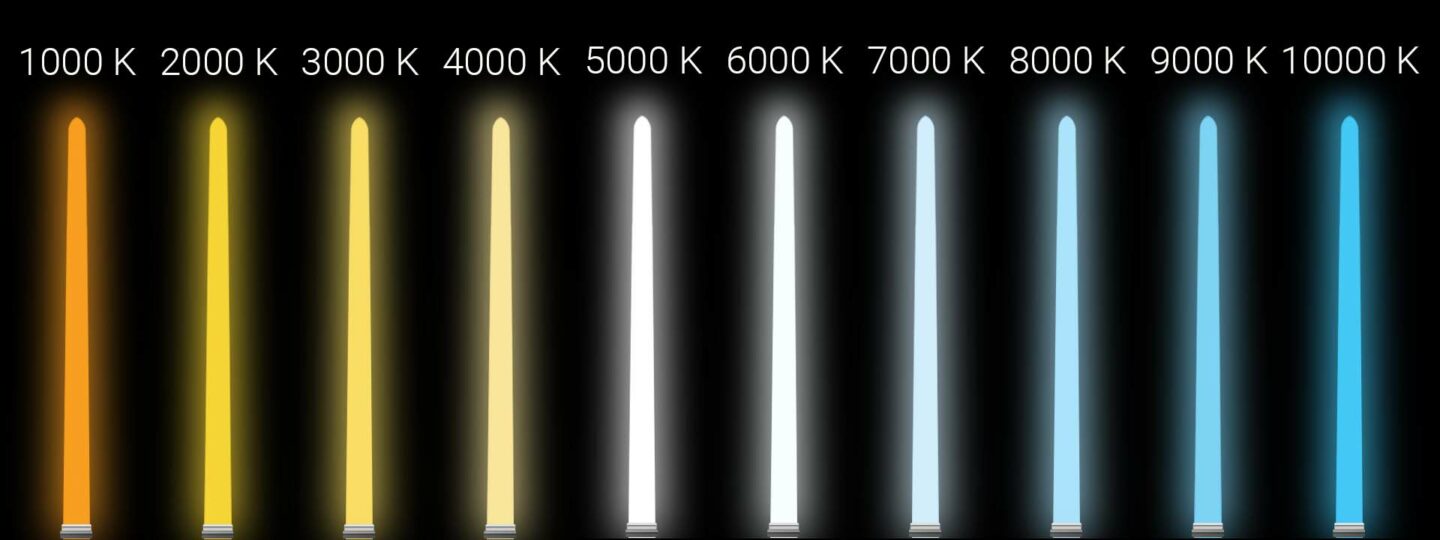
What Is Color Rendering Index?
The color rendering index (CRI) is a measure of the ability of a light source to accurately reproduce the colors of objects that it illuminates compared to a natural light source (the sun). It is a scale from 0 to 100, with higher values indicating better color rendering.
The CRI is determined by comparing the colors of eight standard test colors (15 colors for the extended CRI) when illuminated by the light source being tested to their colors when illuminated by the reference light source, generally a natural light, the Sun. The CRI is commonly used to evaluate the quality of artificial light sources such as LED lights and fluorescent lamps. However CRI is an old and limited way to evaluate color rendering. If you need accurate colors, look for Extended CRI, TM30-20 or TLCI instead.
When a red color is illuminated by the reference light source (the Sun). The red color will look 100% accurate = 100 CRI.
When a red color is illuminated by a cheap LED lamp. The red color will look different or even orange. CRI will be lower.
The better the LEDs are, the closer they are to the reference light source. Our Sun.
